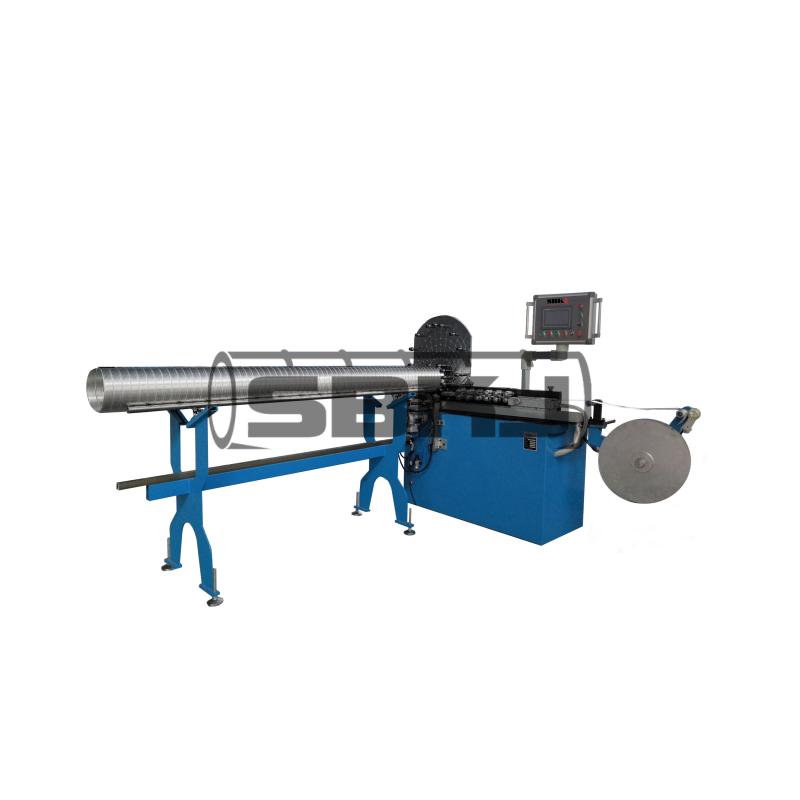From the outside, spot welding seems to be an almost magical art essential in automotive manufacturing and metalworking. While conceptually straightforward (joining two or more metal sheets using high pressure and electricity at specific locations) the process is subtle. We will then explore the art of full stack development in-depth from a beginner's perspective, cover common problems and solutions you might face, look at how to get started on your own journey through this beautifully difficult field - complicated by factors I'll bring up soon -, learn some concepts that make it so hard for beginners when starting out but are also what eventually result into well-crafted effortless relationships.
A Beginner's Perspective
For the untrained, spot welding seems... kind of big-city: sparks fly, things heat up and machines come together. The initial meeting often inspires the question: how much force is appropriate? Which is the correct amperage setting? It has a beginner-friendly learning curve which can seem steep at first, but with some basic knowledge of the equipment and an understanding of how things work it starts to become far less intimidating.
Challenges And Quick Fix Solution
Equipment Familiarity
The Main Problem Beginners Have: One of the most difficult things that you can learn in programming is how to use a spot welding machine.
Countermeasure: Find time to read the machine manual first, and if it is possible, view tutorials or take some overview from a professional welder. The more you understand what each dial, switch or setting does, the more confidant and accurate your readings will be.
Consistent Joint Quality
Problem: The automatic machine that welds sections into a battery needs to be maintained in order for it not to stop working randomly, and even very small pressure or current variations can produce flaws.
Step 2: Weld on some scrap metal and adjust settings to where it feels good. Clamp or stick metal pieces in place so that they are held evenly and securely.
Mastering the Learning Curve in Spot Weld
Bringing up his spot welding skills by comparing it to a secondary language, practicing makes you better. With time and experience the beginner will get better at reading metal but eventually, this skill of knowing how heat and pressure effects steel becomes ingrained. This is largely about making the process manageable - first complete a setup job; then focus on good, safe technique (which should dial in your results pretty tightly); finally get expert at adjusting settings for alternating material thickness and type.
Why Is Spot Welding Easy or Hard to Do?
There are multiple factors that can change the ease or difficult of spot welding, including:
Material Type & Thickness: Thinner metals need less power but burn-through, thicker materials are amperage hungry and more demanding in terms of precision.
Quality of Equipment: Higher-end equipment gives the user better controls over their welds, meaning more consistency in your fabrications.
Operator Skill - A lot of this comes down to experience. If an adept welder made the same bad conditions do you think it would turn out as badly?
Girl Bonding Made Easy With These Techniques
Proper Electrode Selection
Efficient heat transfer and uniformity depend on the proper use of an electrode tip size (usually copper) with corresponding material. A corresponding tip curvature fits the metal contour for full contact.
Pre-Cleaning Metals
A super clean surface, free from oils, rust and other containments results in a weld that will be void of porosity along with greater bond strength.
Pulse Welding Technique
Pulse welding can be useful in these instances to limit heat input and distortion for more delicate or thinner materials. This approach uses higher, and lower currents with a break so the metal can cool down between pulses.
Post-Weld Inspection
By meticulously examining the welds with a magnifying glass or microscope on a regular basis, any irregularities can be caught and corrected immediately which will allow for an quick alteration of technique &/or settings.
In conclusion, although spot welding seems daunting initially, it quickly becomes a satisfiable talent with keen practice and methodological execution. Common problems are addressed, the learning curve is presented in an orderly manner and established methods define that even novices can soon learn to forge fast high-grade metal connections. It is an enigma made clear by the steady hands of the welder, or something like that.

 EN
EN
 AR
AR
 BG
BG
 HR
HR
 CS
CS
 NL
NL
 FI
FI
 FR
FR
 DE
DE
 EL
EL
 HI
HI
 IT
IT
 JA
JA
 KO
KO
 PL
PL
 PT
PT
 RO
RO
 RU
RU
 ES
ES
 TL
TL
 ID
ID
 LT
LT
 SR
SR
 SK
SK
 UK
UK
 VI
VI
 HU
HU
 TH
TH
 TR
TR
 FA
FA
 MS
MS
 SW
SW
 HY
HY
 BN
BN
 LO
LO
 LA
LA
 MN
MN
 NE
NE
 UZ
UZ
 KY
KY

